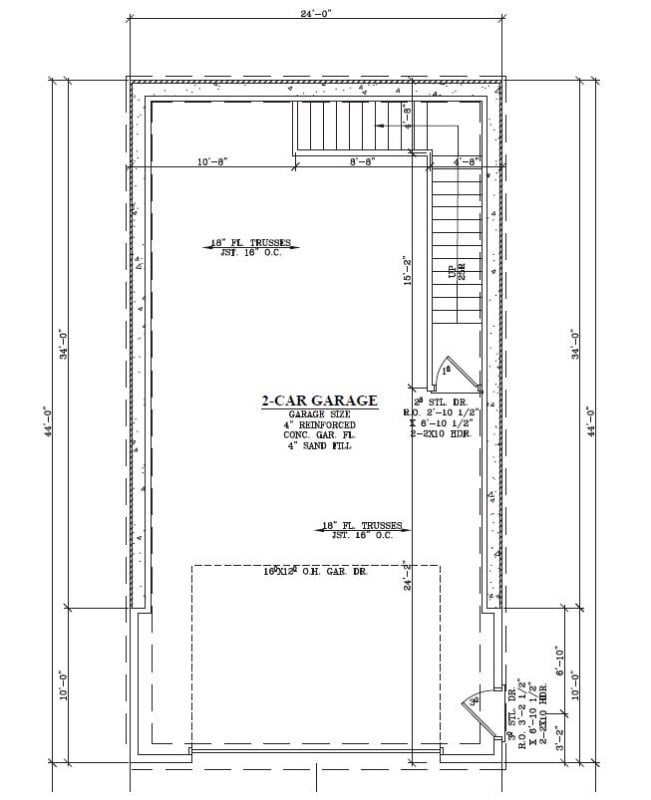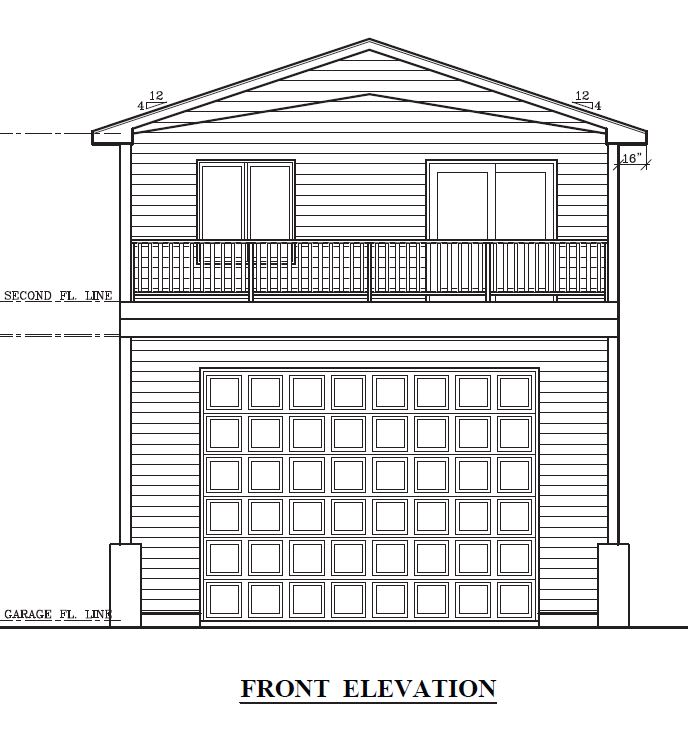I am assisting a residential architect with this proposed dwelling (see attached). The foundation wall is 14' tall, with full height backfill at the rear wall, tapering down along the sidewalls. Client is an experienced block layer, so I sized a heavily reinforced 12" CMU wall (using RetainPro) to resist the lateral earth pressures, and will call for granular backfill behind the wall. The lateral force at the top of wall is ~1,500 lb/ft (assuming granular mat'l). The location of the stairs along the rear wall going up to the dwelling is a conflict for utilizing diaphragm blocking in the first few floor joist spaces to distribute that load...I'm concerned about the best way to resist that lateral force.
Can the CMU bond beam at the top of foundation wall be designed with adequate horizontal reinforcing on inside face to resist the lateral load? I assume the process would be similar to designing a CMU lintel. I ran the calcs quickly and I would need (8) #8 rebar on the inside face. 2 course bond beam required.


Can the CMU bond beam at the top of foundation wall be designed with adequate horizontal reinforcing on inside face to resist the lateral load? I assume the process would be similar to designing a CMU lintel. I ran the calcs quickly and I would need (8) #8 rebar on the inside face. 2 course bond beam required.


